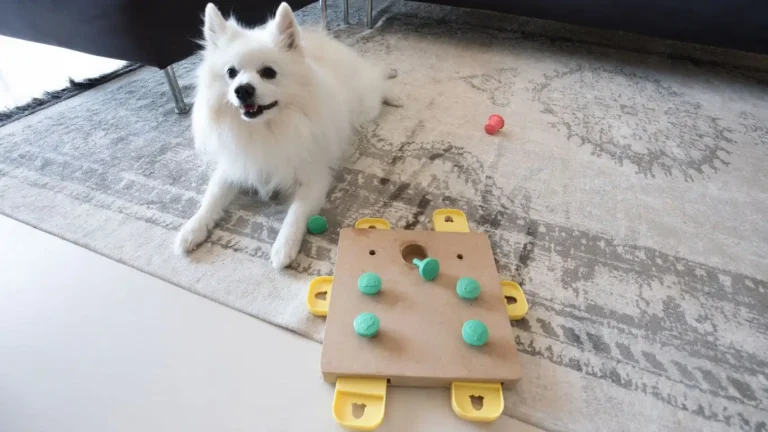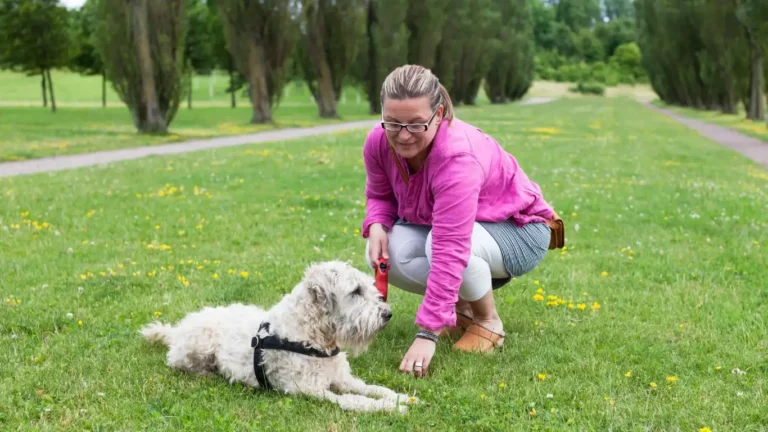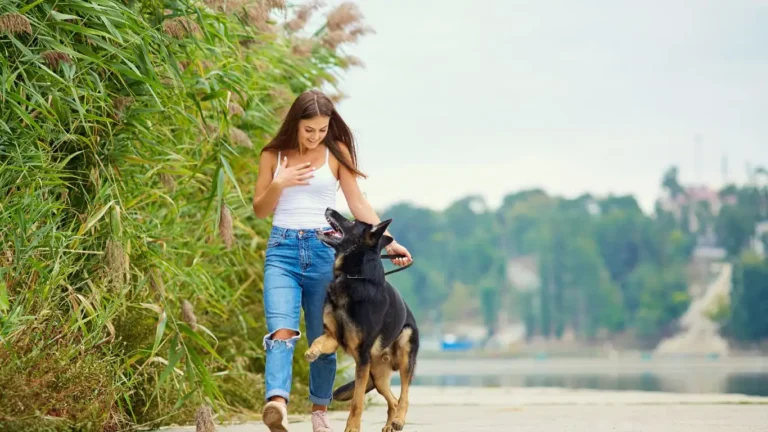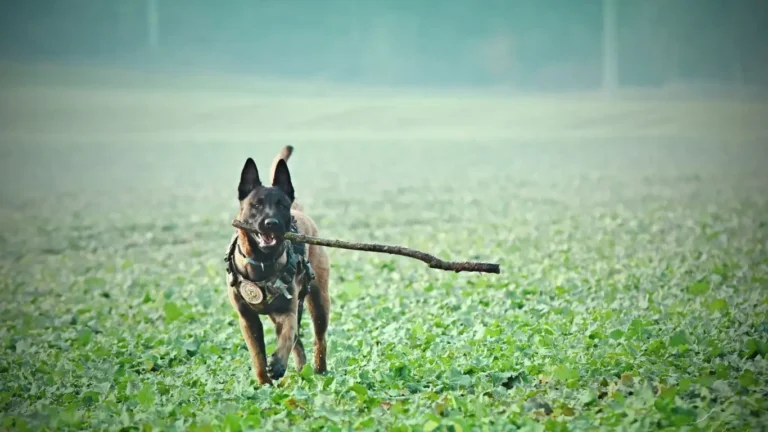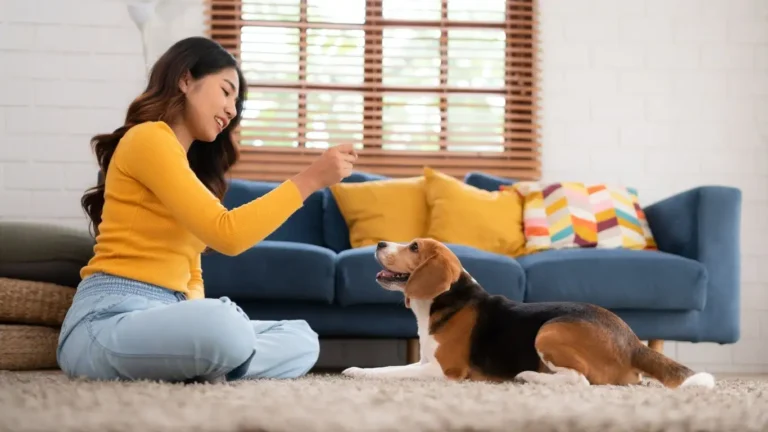How to Train a Dog to Play Gently with Children: Effective Techniques and Tips
As a Canine-Assisted Therapy Trainer, I’ve had the privilege of seeing countless dog-owner relationships evolve, especially when it comes to families with children. One common concern many parents have is how to train a dog to play gently with children. It’s a challenge, but it can be done with patience, consistency, and the right techniques. Over the years, I’ve had the opportunity to work with a variety of breeds and temperaments, helping dogs and children develop positive, safe interactions. So, if you’re wondering how to train a dog to play gently with children, you’re not alone—and you’re in the right place to learn some valuable tips and techniques!
Understanding Why Gentle Play is Important
Before diving into the “how,” it’s essential to understand the “why” behind training a dog to play gently with children. Children, especially younger ones, can be unpredictable, quick, and sometimes unintentionally rough, making it essential that dogs learn how to interact in a controlled and safe way. Not only does this make playtime more enjoyable, but it also prevents accidents and strengthens the bond between the dog and the child.
As an experienced trainer, I often see dogs who are overly excited during play and unintentionally knock over or hurt small children. Dogs might jump, nip, or use their mouths too aggressively. This is where gentle play comes into play (pun intended!). Ensuring your dog understands how to moderate its energy and use its body in a way that’s safe for young humans can make a world of difference.
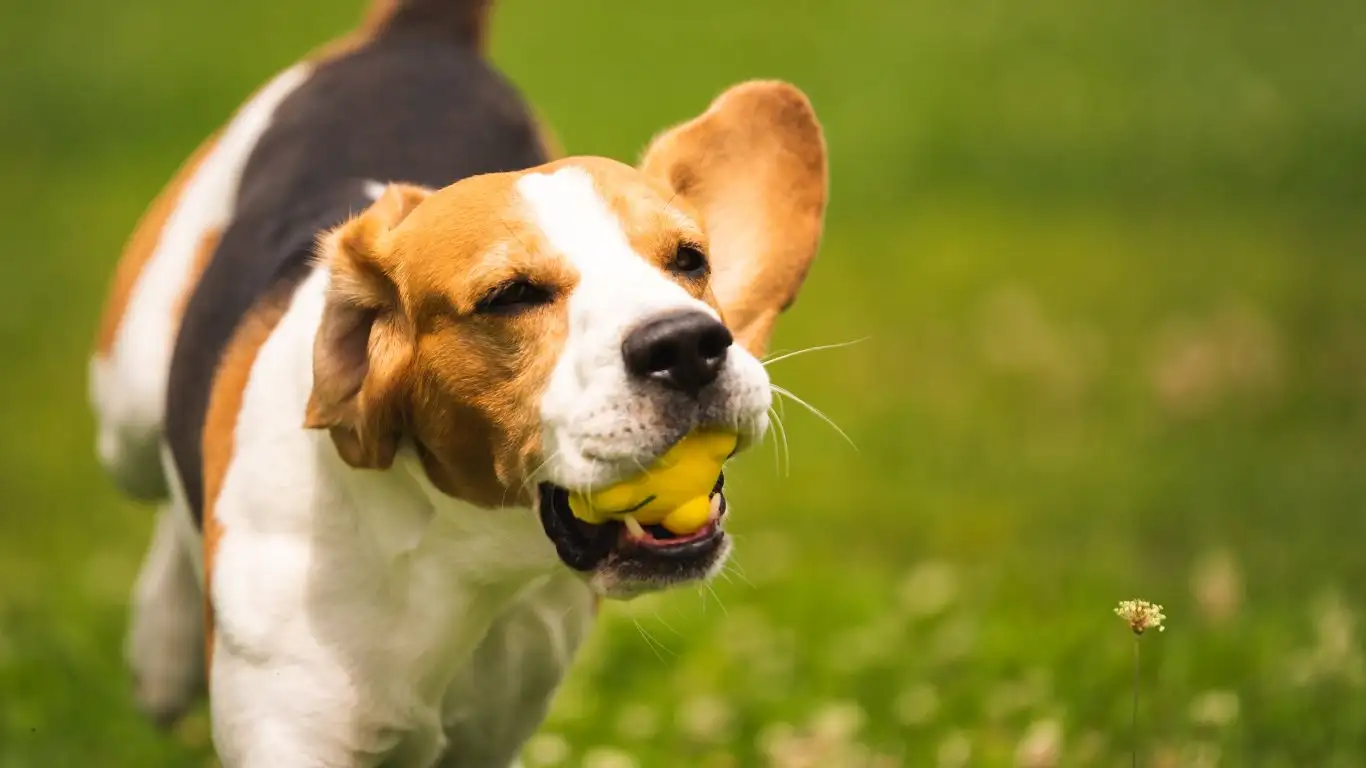
The Basics of Training Your Dog to Play Gently
The first step in training a dog to play gently with children is understanding your dog’s personality and energy levels. Every dog is different—some are naturally more calm, while others have boundless energy. This is important because your approach to training may need to be tailored to your dog’s individual temperament. Let’s break down the basics:
1. Set Clear Boundaries and Expectations
One of the most important things when training a dog to interact with children is establishing clear boundaries. It’s essential to communicate with your dog in a way that they understand what is acceptable and what is not. For example, if your dog starts to get too excited and begins jumping, barking, or using their mouth aggressively, you should immediately stop the play and reset the situation.
- Consistency is Key: Use the same commands and signals every time you train your dog. This helps them understand what you expect.
- Use Positive Reinforcement: Reward your dog for calm, gentle interactions. This helps them associate positive behavior with rewards, making it more likely they will continue that behavior.
2. Use Toys to Encourage Gentle Play
Instead of allowing the dog to engage directly with children in a free-form way, consider using toys to encourage more controlled play. I’ve found that when dogs have a toy to focus on, they are less likely to use their mouths on people. It’s also a great way to redirect the dog’s energy if they start to get too excited or too rough.
When choosing a toy, look for one that is appropriate for your dog’s size and play style. A tug rope or a fetch ball can work wonders, especially if you’re teaching your dog the rules of play—gentle tugging and retrieving, for example, is often much safer than letting a dog chase a child directly.
3. Teach Your Dog to ‘Settle’ on Command
Another useful skill for your dog to learn is the “settle” command. This command encourages your dog to calm down and relax, which can be especially helpful if things are starting to get too rowdy. It’s an incredibly valuable tool in keeping playtime safe and fun, and it’s something that every dog owner should teach.
To teach the “settle” command, start in a quiet, distraction-free environment. When your dog is calm, give them the “settle” command and reward them with praise or a treat when they lie down or calm their energy. Over time, you can use this command during playtime to help the dog regulate their excitement and stay calm.

Introducing Children to Playtime
Now that your dog understands the basics of gentle play, it’s time to introduce children into the mix. But, like everything with dogs, this process should be gradual. You wouldn’t want to put your dog and child together and expect everything to go perfectly right away. Here’s how to set up a successful introduction:
1. Supervise Every Interaction
Always supervise any interaction between your dog and child, especially in the beginning stages. Even if you think your dog is ready, it’s important to be present to step in if things get too excited or unsafe. Children can sometimes inadvertently encourage rough play, so you’ll want to be ready to redirect both your dog and your child if necessary.
It’s essential that children understand the rules of engagement as well. Teach them to be calm and gentle around the dog, avoiding any sudden movements or rough handling. By reinforcing these rules from both sides, the playtime can be much more enjoyable and safe.
2. Start with Short, Positive Sessions
Don’t rush into long play sessions right away. Instead, start with short, positive interactions where the dog can practice its gentle behavior with the child. This helps both the dog and the child become accustomed to the dynamics without overwhelming either one. Gradually increase the length of play sessions as the dog becomes more comfortable and consistent in its behavior.
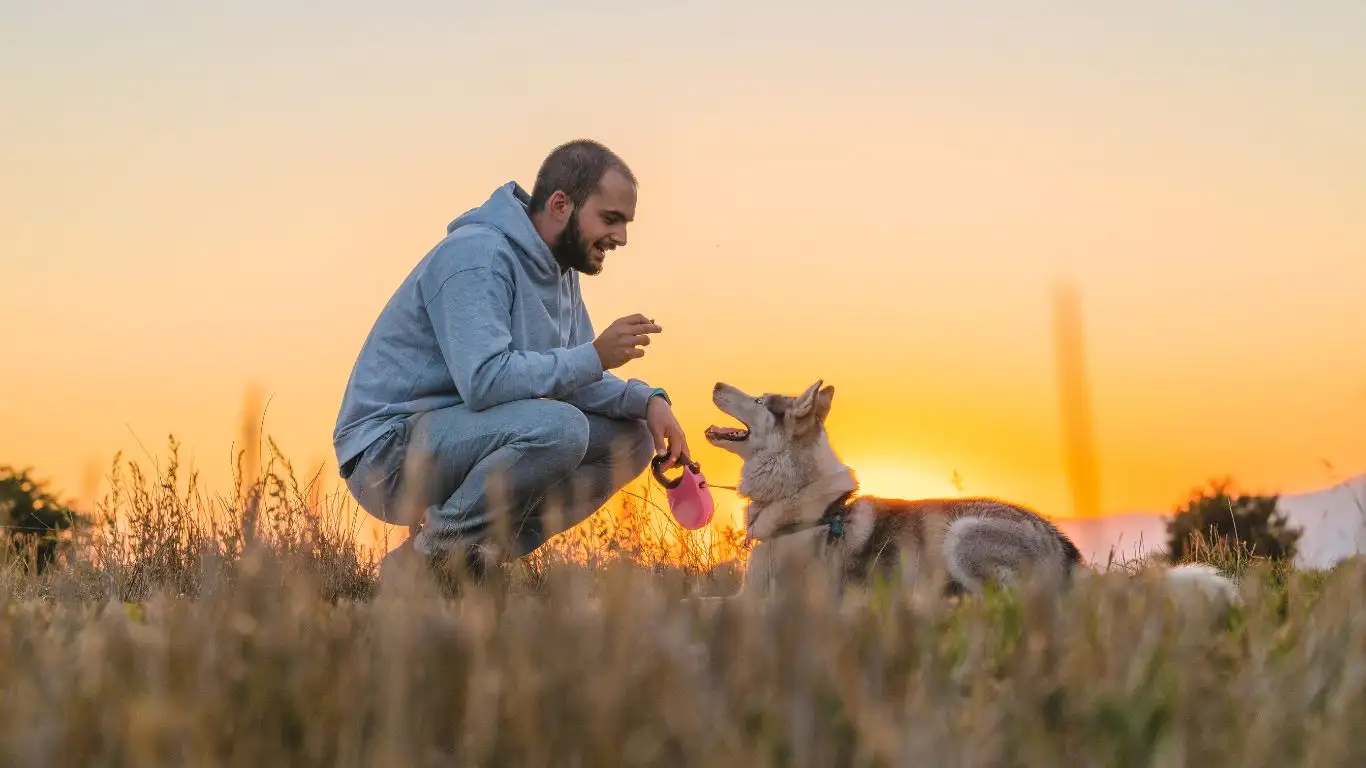
Through consistent, positive reinforcement, you can teach your dog to understand how to interact gently and safely with children. As you continue to work on training your dog to play gently with children, you’ll see the relationship between your pet and your kids grow stronger, and playtime will become an enjoyable experience for everyone involved!
Reinforcing Positive Behavior in Your Dog
Now that you’ve established the basic framework for teaching your dog how to play gently with children, it’s time to focus on reinforcing those positive behaviors. Training your dog to behave in a specific way is all about consistency and repetition, and this is where it gets really fun (and sometimes challenging, too!)
In my experience as a Canine-Assisted Therapy Trainer, reinforcing positive behavior requires patience, but it also builds trust between you, your dog, and your child. The more your dog experiences success in interacting gently with kids, the more they’ll associate calm behavior with positive outcomes. Let’s break down some strategies to keep reinforcing these behaviors:
1. Consistent Praise and Rewards
One of the best tools at your disposal when training your dog is positive reinforcement. This technique involves rewarding your dog every time they exhibit gentle behavior with children. Rewards could include verbal praise, treats, or even a favorite toy. Dogs respond well to this kind of reinforcement because it helps them understand that their good behavior results in something they enjoy.
- Verbal praise: Simply saying, “Good job, buddy!” or “Nice and gentle!” can go a long way. Dogs thrive on your approval, and the more you provide positive feedback, the better they’ll learn.
- Treats: Treats are a fantastic motivator, but be sure to use them wisely. Offer a treat when the dog exhibits gentle behavior and gradually reduce the frequency of treats over time to encourage the behavior on its own.
2. Timing is Everything
Timing your rewards is critical for reinforcing behavior. If you wait too long to reward your dog after they’ve been gentle with a child, they might not connect the reward with the action. Ideally, you want to reward your dog immediately after they’ve exhibited the correct behavior. This allows your dog to understand what exactly earned them the treat or praise.
I can’t stress enough how important it is to be immediate with your rewards. I’ve worked with many dogs over the years, and I’ve found that when the reward is delayed even by a few seconds, it confuses the dog and slows down their learning process. Immediate feedback makes a big difference!
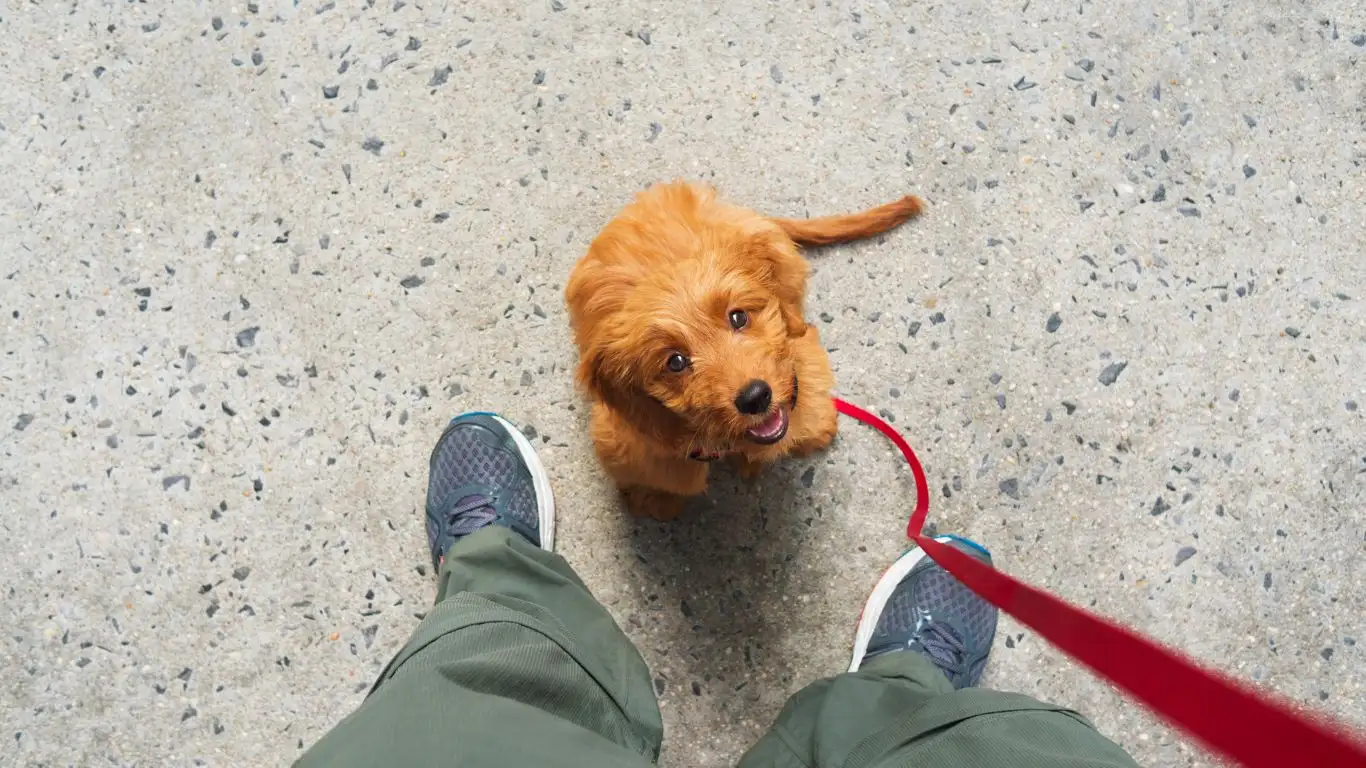
Addressing Challenges in Training
Training your dog to play gently with children doesn’t always go smoothly, and that’s totally normal. Dogs are living beings with personalities and quirks of their own, so you may encounter challenges along the way. Whether it’s the dog getting too excited, jumping, or showing signs of frustration, it’s important to stay calm and address these challenges head-on. Here are a few common obstacles you may face and tips for overcoming them:
1. Over-Excitement
Some dogs simply can’t contain their excitement when they’re around children. They might jump up, bark loudly, or wag their tail so vigorously that they accidentally knock over a child. If this happens, don’t panic! It’s a behavior you can fix with the right training.
- Redirect energy: When you notice your dog becoming overly excited, gently redirect their focus onto something else—like a toy or a command such as “sit” or “down.” This will help them calm down and understand that excitement is not always appropriate.
- Shorten playtime: If the excitement is overwhelming, keep play sessions short. Gradually lengthen them as your dog becomes better at managing their excitement.
2. Nipping or Mouthiness
Some dogs may get mouthy during play, especially when they’re younger or haven’t been properly trained on bite inhibition. This can be a challenge, particularly with small children, but with consistent practice, it’s manageable.
If your dog starts to nip, you can do the following:
- Redirect to a toy: If they nip, redirect their mouth to a toy. This teaches them what is okay to bite and what isn’t.
- Use a firm ‘no’: Say “no” in a calm but firm voice and stop the play. If they stop nipping, praise them for calming down.
- Practice bite inhibition: You can practice bite inhibition during playtime by allowing your dog to mouth gently on your hands or arms. If they apply too much pressure, stop the play and withdraw. They’ll learn the right amount of pressure needed for gentler play.
3. Anxiety Around Children
For some dogs, particularly rescue dogs or those who haven’t been around children much, there can be a level of anxiety or fear. This is a bit trickier, but with patience, it can be overcome.
In these situations, you can:
- Desensitize gradually: Start by allowing the dog to observe children from a distance, gradually bringing them closer over time. This helps reduce anxiety and teaches the dog that children aren’t a threat.
- Provide a safe space: If your dog feels overwhelmed, ensure they have a safe space to retreat to. This allows them to escape the situation when they need a break, and it can help prevent anxiety-related behaviors.
Utilizing Professional Help if Needed
Sometimes, despite your best efforts, you might find that you’re hitting a wall with your dog’s training. If that happens, don’t hesitate to reach out for professional help. A certified dog trainer can provide personalized guidance and teach you and your dog additional skills to foster positive interactions with children.
Professional trainers can offer insights based on your dog’s breed, temperament, and specific challenges, which can make all the difference in the long run. In my career, I’ve often worked alongside families to help them improve their dog-child relationship, and I’ve seen firsthand how invaluable professional support can be in overcoming obstacles.

When to Seek Professional Training
Here are a few signs that it might be time to consider professional help:
- If your dog shows signs of aggression towards children, even after consistent training efforts.
- If your dog’s excitement or anxiety is significantly affecting the quality of life for both the dog and the child.
- If you’re struggling to find a method that works despite your best efforts.
Professional trainers can help you develop a tailored approach that works for you, your dog, and your family.

Remember, there’s no one-size-fits-all solution when it comes to training a dog to play gently with children. It’s all about finding what works for your unique situation and putting in the time and effort to reinforce positive behaviors. Over time, you’ll see the fruit of your labor in the form of a well-behaved dog and a harmonious relationship between your pet and your children!
Maintaining a Positive Relationship Between Dogs and Children
After putting in the work to train your dog to play gently with children, it’s essential to continue nurturing that bond over time. Training isn’t just a one-time event; it’s a continuous process that requires ongoing effort from both you and your dog. As a Canine-Assisted Therapy Trainer, I’ve learned that maintaining a healthy, positive relationship between your dog and children means fostering trust, respect, and understanding. Let’s explore some strategies to keep that relationship thriving and make playtime an enjoyable experience for everyone.
1. Keep Playtime Consistent and Predictable
One of the best ways to ensure your dog continues to play gently with children is by keeping playtime consistent and predictable. Dogs, much like children, thrive on routine. They love knowing what to expect, and consistency helps reinforce positive behaviors. Make time for regular play sessions, but always monitor the energy levels of both the dog and the child.
In my experience, I’ve found that setting clear guidelines for how play should unfold—whether it’s a game of fetch or a gentle tug-of-war—helps everyone stay on the same page. You can even incorporate learning opportunities during play. For instance, ask the dog to sit or stay before engaging in a game of fetch, or practice the “gentle” command during tug-of-war. This reinforces calm behavior while still allowing the dog to engage in fun activities with children.

2. Continue Teaching Impulse Control
Impulse control is one of the most important skills for a dog to learn when it comes to interacting with children. While you’ve already worked on calming commands like “settle,” it’s important to continue reinforcing these behaviors. A dog who has mastered impulse control will be able to stay calm during exciting play and avoid jumping, biting, or becoming overly excited.
- Practice “Leave It” and “Stay”: These commands are particularly helpful when your dog is getting too excited. Practicing them regularly in various situations will help your dog become more adept at controlling their impulses.
- Controlled Socialization: Socializing your dog with other people and animals is another way to help your dog control its impulses. The more your dog interacts with new experiences, the better they’ll get at handling situations with composure.
3. Keep Children Involved in the Training Process
Getting children involved in the training process is a great way to solidify the bond between them and the dog. It also teaches children how to interact safely with animals. I always encourage parents to let their children help with the dog’s basic commands, such as asking the dog to “sit” or “stay.” This not only helps children develop a sense of responsibility but also builds their confidence in their ability to communicate with the dog.
Of course, it’s essential to supervise this process, especially with younger children, to make sure they understand how to properly communicate with the dog. But when done safely, it creates a learning environment that’s both fun and educational for everyone involved.
Building Emotional Bonds Between Dogs and Children
Training your dog to play gently with children is just one part of building a positive relationship between the two. The emotional bond that develops between dogs and children is something truly special and can have lasting benefits for both parties. When your dog feels comfortable around your kids, and your kids learn to respect and care for the dog, it’s a beautiful thing to witness.
1. Encourage Calm, Positive Interactions
Beyond training specific behaviors, it’s important to encourage calm and positive interactions between your dog and children. Dogs can often pick up on the emotional energy in a room, so if children are calm and respectful, the dog is more likely to mirror that behavior. Similarly, when dogs are gentle and respectful, children learn to handle them with care.
One thing I always recommend is making sure children understand how to gently pet and interact with the dog. Show them the proper way to approach the dog, such as calmly walking up and allowing the dog to sniff their hand before petting. Reinforce gentle petting, especially around sensitive areas like the head or tail. This teaches children how to respect the dog’s boundaries while fostering a positive connection.
2. Recognize the Signs of Stress or Discomfort
While playtime should be enjoyable for both your dog and your child, it’s important to recognize when either the dog or the child is feeling uncomfortable or stressed. If a dog begins to show signs of anxiety, such as backing away, growling, or showing their teeth, it’s a sign that they need a break. Similarly, if a child is getting overwhelmed or frustrated, it’s best to step in and de-escalate the situation.
- Recognizing Dog Signals: Signs of stress in dogs can include pacing, lip licking, yawning, and avoidance behaviors. It’s important to step in and give your dog space if you notice these signs during play.
- Recognizing Child Signals: Children may not always know how to express when they’re uncomfortable. Watch for signs such as fidgeting, trying to move away, or becoming overly loud or physical. It’s best to intervene and guide the situation to keep everyone calm.
Additional Resources for Dog Training
If you feel that you need more help in training your dog to play gently with children, there are several reliable resources that can offer guidance. I always recommend seeking out expert advice and educational content to further your knowledge. Here are a few trusted sources:
- American Kennel Club (AKC) – The AKC offers a wealth of resources for dog owners, including training tips and breed-specific advice.
- PetMD – PetMD is a trusted website that provides health and training information for dogs, including articles on behavior and training techniques.
- National Institutes of Health (NIH) – For more in-depth information about the health benefits of dog interaction, especially in therapeutic settings.
By continuing to educate yourself, you can ensure that both your dog and your children will have a harmonious relationship. The goal is to create an environment where playtime is safe, fun, and filled with mutual respect.
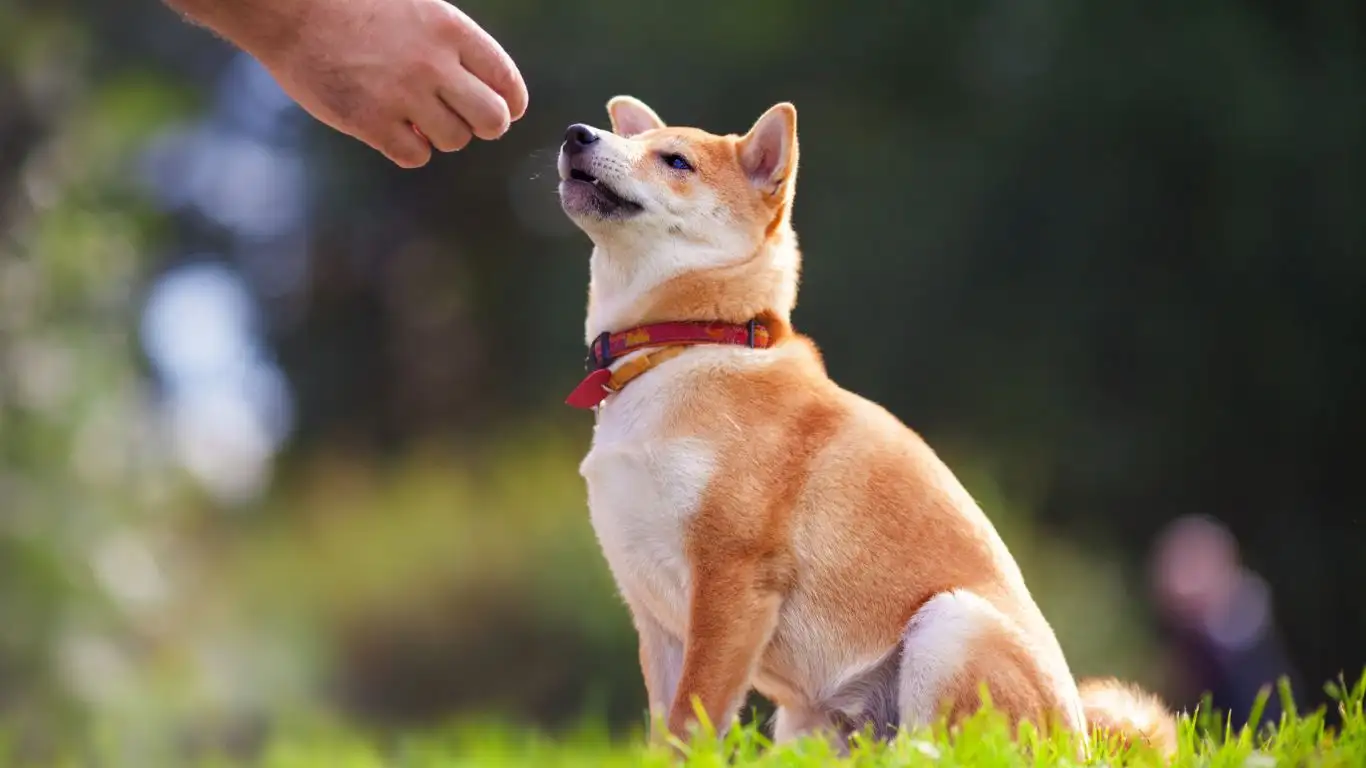
Disclaimer
Training dogs to play gently with children requires time, patience, and consistency. While this article provides helpful advice, every dog is unique, and individual results may vary. If you have concerns about your dog’s behavior or require personalized guidance, it is always recommended to consult with a certified professional dog trainer. The information provided here is intended for general educational purposes and should not be used as a substitute for professional advice.

